Maximizing limited outdoor space while keeping plants healthy and thriving is a growing priority for homeowners and garden enthusiasts alike. With shifting climates and varying yard sizes, best gardening container ideas provide practical solutions that make it easy to grow flowers, herbs, and vegetables anywhere. From balconies to patios, containers offer flexibility, portability, and creative freedom without requiring a full garden plot. This approach not only enhances curb appeal but also supports sustainable practices with efficient water use and soil management. Keep reading for expert tips and fresh ideas to help you build a beautiful, low-maintenance garden that suits your lifestyle.
Concrete Block Cubby Planters
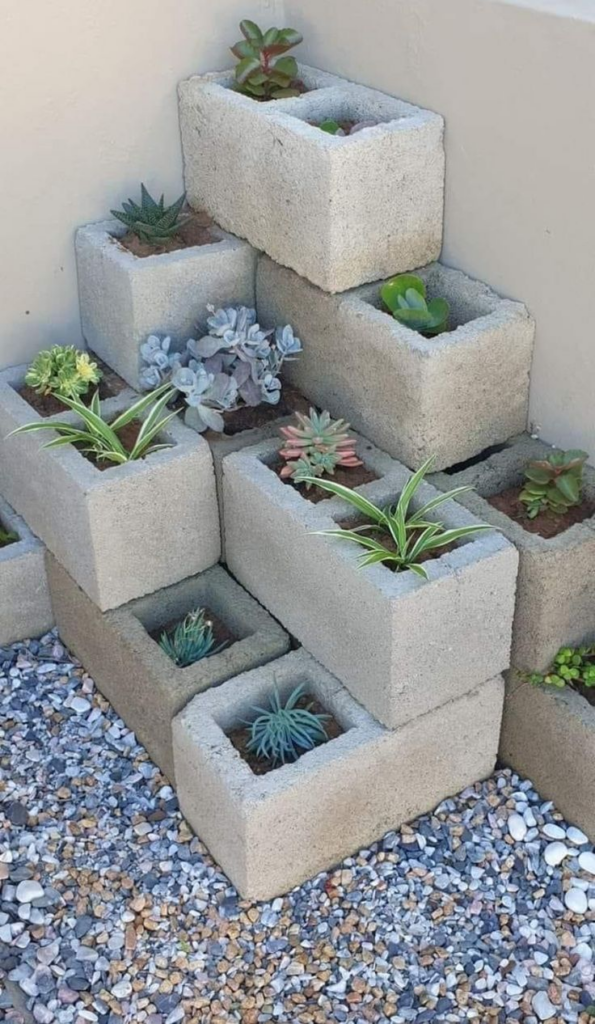
Stacking concrete blocks in creative configurations transforms ordinary garden spaces into multi-level homes for plants. Their durable structure withstands diverse weather conditions, making them ideal for outdoor arrangements. Each cubbyhole serves as a natural pocket for herbs, succulents, or annual flowers, providing defined growing areas while maintaining clean lines. With proper drainage and a bit of soil amendment, these blocks support healthy root development and consistent growth. Their modular nature allows customization, whether constructing a vertical garden wall or a low-lying border of greenery. Painting the blocks or leaving them raw can complement the surrounding landscape aesthetic, while the geometric form keeps maintenance simple. Adding drip irrigation or self-watering systems ensures sustained hydration throughout the seasons. For gardeners seeking reliable, affordable, and adaptable container solutions, concrete block cubby planters stand out as both practical and visually appealing, supporting diverse plants in compact or expansive spaces alike.
Upside-Down Paint Can Planters
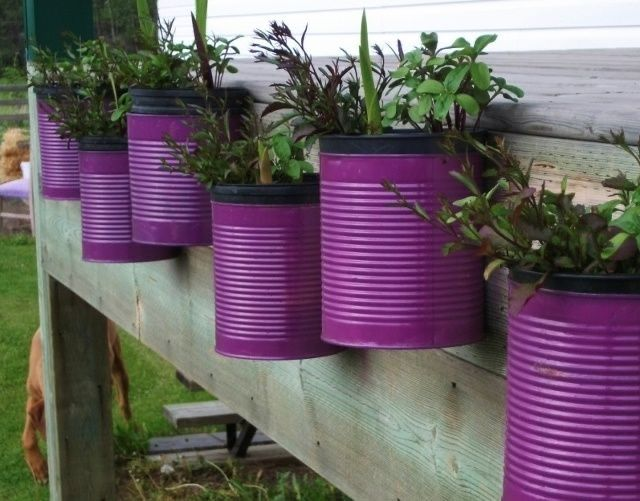
Repurposing empty paint cans into upside-down planters introduces a space-saving solution for growing tomatoes, peppers, and herbs. Securing the can with a sturdy hook or chain enables it to hang safely, while a small hole at the base allows the plant to grow downward, preventing soil compaction and maximizing airflow. This design keeps pests like slugs and snails at bay, offering healthier produce with minimal intervention. Lining the can with lightweight potting mix and slow-release fertilizer sustains growth throughout the season, while the reflective surface helps moderate soil temperature. To prevent excess water retention, adding drainage holes near the sealed lid is essential. Their industrial aesthetic suits both urban patios and backyard setups, allowing for grouped installations along pergolas or fences. With careful plant selection and regular watering, upside-down paint can planters deliver a productive and attractive gardening option, especially in areas with limited ground space.
Tire Rim Shallow Root Planters
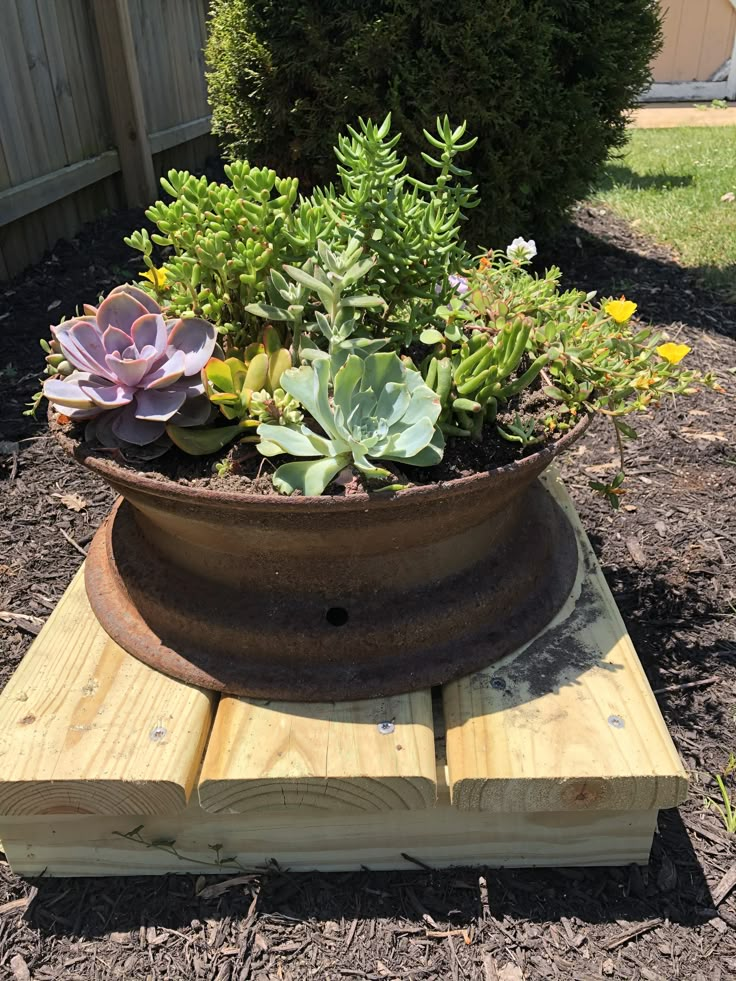
Old tire rims provide a durable and distinctive base for cultivating shallow-rooted plants like lettuce, radishes, and pansies. Placing the rim atop a gravel bed or wooden platform ensures adequate drainage and prevents soil from becoming waterlogged. Lining the interior with landscape fabric supports soil containment while allowing water to escape freely. Filling the rim with nutrient-rich, lightweight soil gives shallow-root crops the ideal environment to thrive. Their sturdy metal frames resist weathering, making them a long-term investment for seasonal rotations of edible greens or annual blooms. Arranging multiple tire rim planters in geometric patterns creates an industrial-meets-natural visual that suits contemporary or rustic gardens alike. To enhance productivity, incorporating compost and regular mulching helps maintain optimal moisture and soil health. Whether positioned on patios, balconies, or open yards, tire rim shallow root planters provide a sustainable way to repurpose materials while cultivating fresh produce and vibrant foliage.
Vintage Toolbox Strawberry Grower
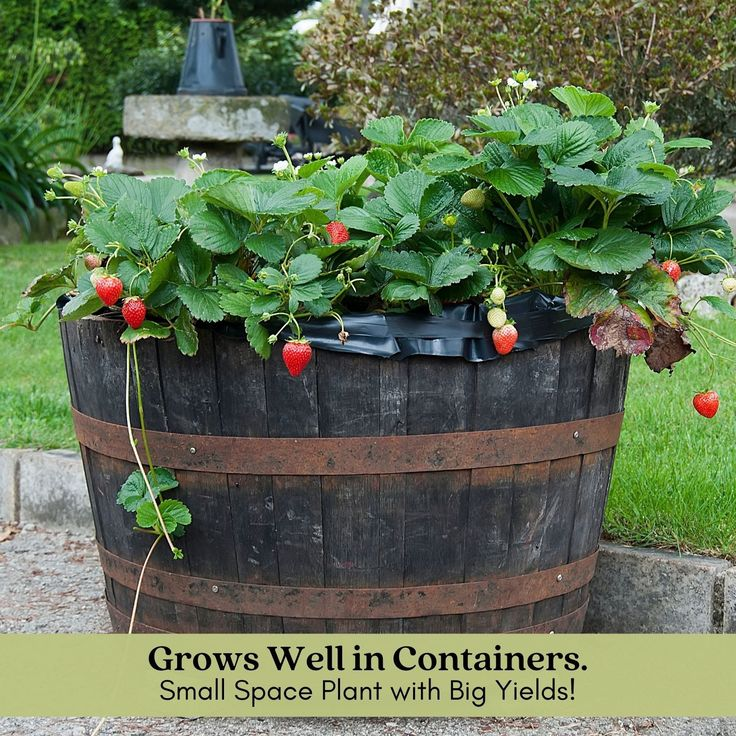
Repurposing a vintage toolbox into a thriving strawberry planter offers a charming yet functional solution for small-space gardening. The elongated, narrow design naturally accommodates cascading strawberry plants, allowing fruits to dangle over the edges for easy harvesting. Before planting, ensure the toolbox has proper drainage by drilling holes along the base to prevent water accumulation and root rot. Lining the interior with breathable landscape fabric keeps soil in place while supporting moisture retention. Filling the container with a well-draining, nutrient-rich mix tailored to berry production encourages healthy growth throughout the season. Positioning the toolbox in full sun maximizes fruit development, while regular watering and balanced fertilization keep plants productive. Beyond strawberries, the toolbox’s portable nature makes it suitable for herbs or edible flowers, bringing rustic appeal to patios, decks, or balconies. Vintage toolbox strawberry growers combine nostalgia with practicality, making them a standout option for container garden enthusiasts.
Wire Laundry Basket Burlap Planters
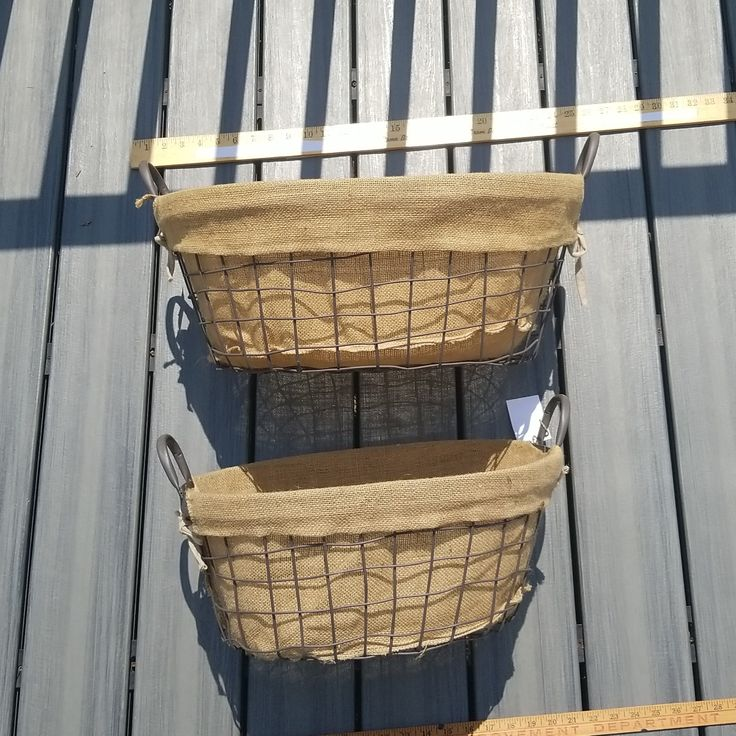
Transforming a wire laundry basket into a burlap-lined planter provides a lightweight, breathable environment perfect for root vegetables and trailing flowers. The basket’s open-frame structure allows for excellent air circulation, helping to prevent mold and mildew buildup around the roots. Wrapping the interior with burlap or landscape fabric not only retains soil but also adds a touch of natural texture, complementing a garden’s organic appeal. Filling the basket with loose, airy soil enriched with compost supports healthy root expansion, especially for crops like carrots, beets, or herbs. Elevated slightly off the ground, these planters reduce pest access and make garden maintenance more manageable. Placing them on porches or patios enables effortless mobility, while the breathable materials regulate moisture levels, preventing waterlogging. Over time, the burlap can be replaced as needed, ensuring ongoing usability. Wire laundry basket burlap planters offer an affordable, sustainable way to grow fresh produce at home.
Drawer Slide-Out Salad Gardens
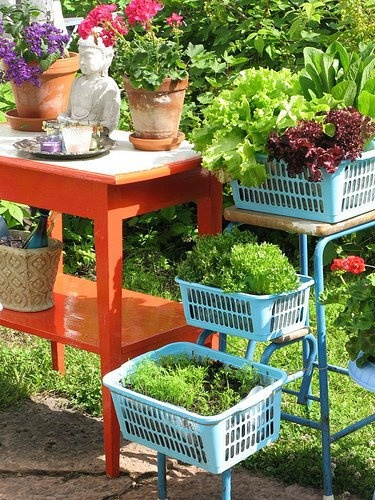
Utilizing old dresser drawers as slide-out salad gardens provides a creative and organized solution for growing leafy greens in confined spaces. By arranging the drawers vertically within a sturdy frame or stacked structure, each tier becomes a dedicated bed for lettuce, arugula, and spinach. Drilling drainage holes in the drawer bases ensures proper water flow, while lining them with landscape fabric helps contain soil and prevents erosion. Filling each level with rich, moisture-retentive soil promotes consistent growth, while staggered planting schedules allow for continuous harvests throughout the season. Compact and versatile, these drawer gardens fit easily on balconies, patios, or small yards, offering layers of fresh produce without monopolizing ground space. Regular watering, light fertilization, and occasional thinning keep the greens tender and flavorful. Drawer slide-out salad gardens give new life to old furniture, merging sustainability with efficiency for those seeking maximum yield in minimal areas.
Retro Sink Basin Pollinator Pots

Old sink basins find a second life as dedicated pollinator-friendly planters, attracting bees, butterflies, and beneficial insects with minimal effort. Positioned on sturdy stands or directly on the ground, these basins provide ample space for native wildflowers, lavender, and milkweed, creating vibrant oases that support local ecosystems. Before filling with soil, confirm the drain is either plugged or adapted for slow drainage, ensuring moisture control without waterlogging. Adding a lightweight potting mix rich in organic material helps sustain prolonged blooming seasons. Their durable porcelain or metal finishes withstand outdoor conditions while adding a quirky, vintage flair to garden aesthetics. Situating the basin in a sunny, sheltered location maximizes flower production and insect activity. Seasonal refreshes with new seeds or transplants keep the display dynamic and beneficial year-round. Retro sink basin pollinator pots combine functionality and nostalgia, fostering biodiversity while contributing visual interest to outdoor environments.
Plastic Crate Wall Pockets
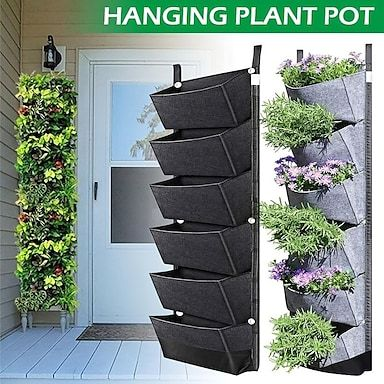
Mounting plastic crates as vertical wall planters introduces efficient use of space while providing individual pockets for herbs, succulents, and compact flowers. Securing crates to fences, walls, or balcony railings creates a living tapestry that thrives in areas where ground planting isn’t possible. Each crate offers defined sections, allowing for personalized combinations of plants with varying water and sunlight needs. Lining the interiors with coconut coir or landscape fabric ensures soil retention and proper drainage, while lightweight potting mixes support healthy growth. Watering from the top lets moisture filter naturally through each level, ensuring even distribution. These adaptable wall pockets suit renters or urban gardeners seeking non-permanent, easy-to-maintain options. Seasonal rotations keep displays fresh, from spring herbs to winter greens. Plastic crate wall pockets transform underutilized spaces into productive, beautiful garden features, maximizing potential in even the smallest areas.
Rolling Suitcase Patio Beds
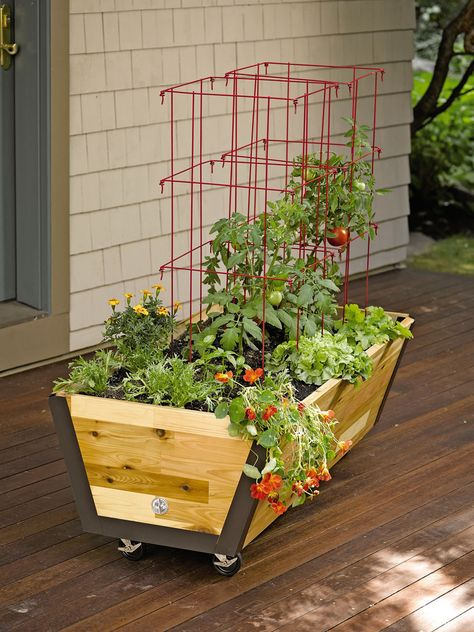
Old rolling suitcases serve as portable, self-contained patio beds ideal for growing compact vegetables and herbs. With built-in mobility, these planters can follow the sun’s path or be sheltered during storms, offering flexibility unmatched by fixed containers. To prepare, line the interior with heavy-duty plastic and puncture drainage holes in the base to prevent water accumulation. Fill with a rich, balanced soil blend designed for container gardening, ensuring proper aeration and nutrient support. Shallow-rooted crops like lettuce, radishes, and chives thrive in this controlled environment. Closing the lid at night helps deter pests while extending warmth in cooler months. Grouping multiple suitcases allows for a diverse planting strategy in small spaces, from culinary herbs to edible flowers. Rolling suitcase patio beds combine practicality and creativity, offering an engaging way to reuse materials while cultivating fresh ingredients just steps from the kitchen.
Metal File Cabinet Grow Towers
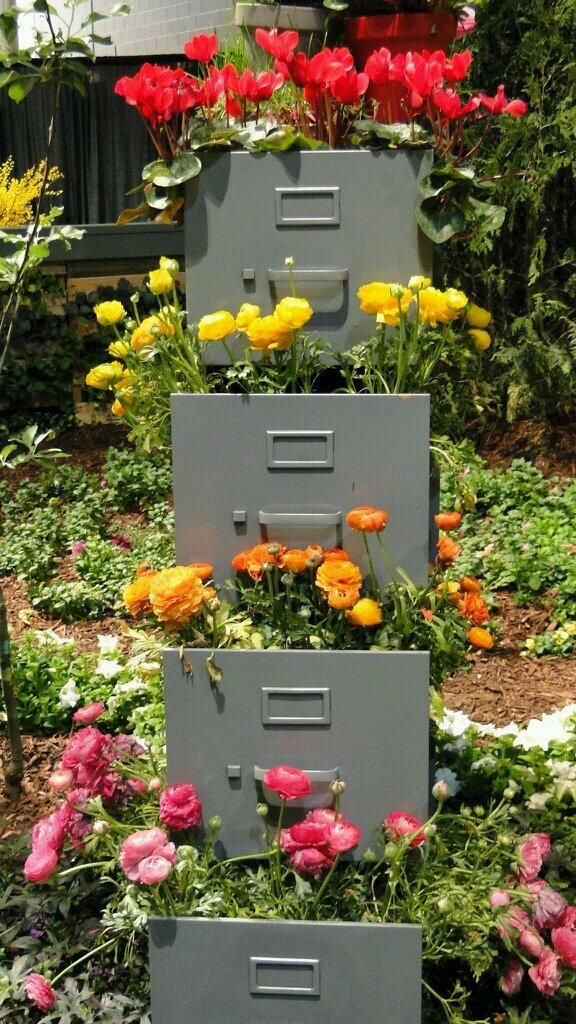
Repurposing a metal file cabinet into a vertical grow tower creates abundant planting space in a compact footprint. By removing the drawers and positioning the cabinet upright, each compartment transforms into a separate planting tier, ideal for herbs, strawberries, and leafy greens. Drilling adequate drainage holes in the base of each section prevents water buildup and supports healthy root development. For insulation and added moisture retention, lining the interior with landscape fabric is essential. Filling the compartments with high-quality potting soil enriched with compost ensures long-lasting fertility. Positioning the grow tower in full sun maximizes plant growth, while its durable metal exterior withstands varying weather conditions. The vertical design makes harvesting easy and maintenance minimal, offering an efficient solution for balconies, patios, or urban gardens. Metal file cabinet grow towers provide a resourceful way to recycle old office furniture into productive, space-saving garden features that serve season after season.
Perforated Metal Bucket Lantern Planters
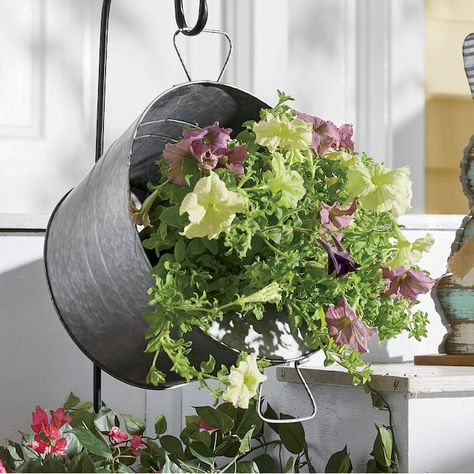
Utilizing perforated metal buckets as lantern-style planters adds a touch of industrial charm while supporting healthy plant growth. The small holes across the surface allow for exceptional drainage and aeration, preventing root rot and promoting strong development for trailing flowers, herbs, or compact vegetables. Before planting, line the bucket’s interior with coconut coir or burlap to retain soil while allowing water to pass through effortlessly. Hanging them from sturdy hooks or placing them on tabletops enhances the ambient glow as sunlight filters through the perforations, offering a subtle decorative effect throughout the day. Filling the planter with a lightweight soil mix and slow-release fertilizer sustains vibrant growth across seasons. Suitable for patios, balconies, or garden pathways, these multipurpose containers combine function with style. Perforated metal bucket lantern planters are a creative way to illuminate outdoor spaces while keeping fresh, thriving plants within arm’s reach.
Rustic Bread Box Microgreens Station
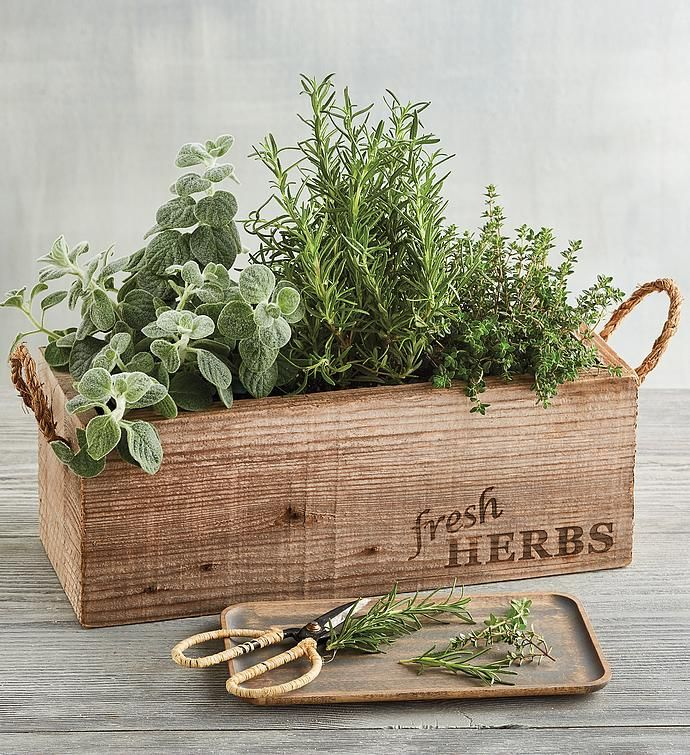
Turning a vintage bread box into a microgreens station makes fresh, nutrient-packed greens accessible year-round. The compact size and enclosed shape create an ideal microclimate for rapid germination and growth. Drilling small drainage holes in the base and lining it with a shallow seed tray ensures excess moisture escapes without oversaturating delicate seedlings. Filling the tray with a fine, organic seed-starting mix sets the foundation for successful sprouting. By rotating crops like sunflower shoots, radish greens, and pea tendrils, you can maintain a continuous harvest of flavorful additions to meals. Positioning the bread box on a sunny windowsill or sheltered patio space maximizes light exposure while protecting tender greens from harsh weather. Regular misting keeps humidity levels optimal, encouraging robust growth. Rustic bread box microgreens stations blend sustainability with convenience, offering a stylish, repurposed solution for those eager to grow fresh greens in limited indoor or outdoor spaces.
Wooden Cable Spool Raised Planters
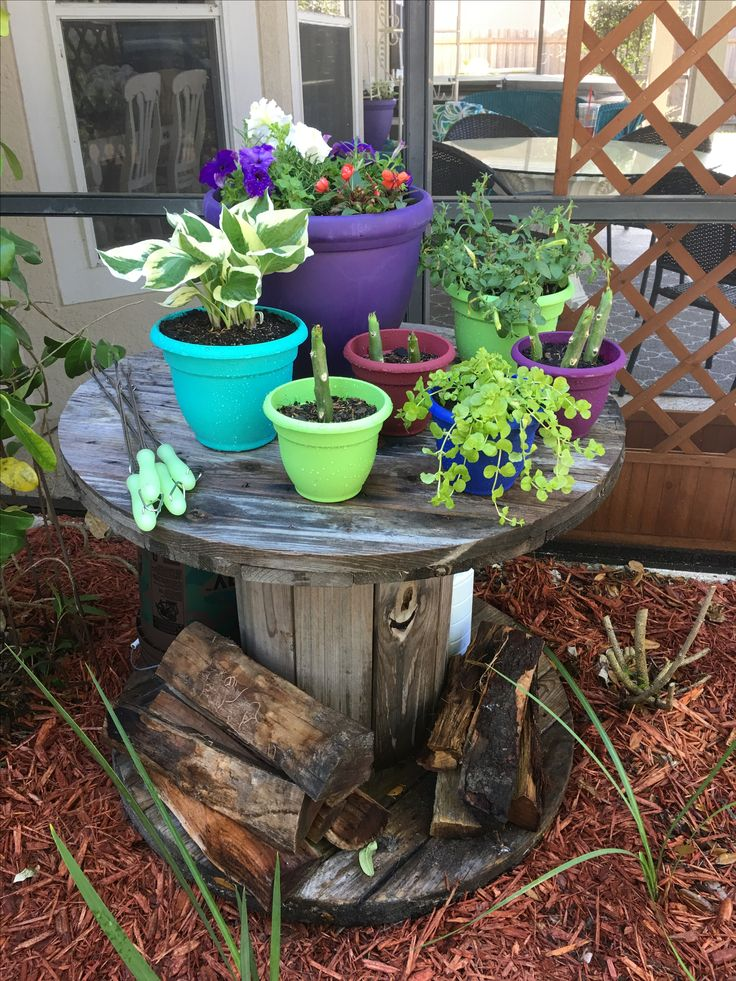
Upcycling a wooden cable spool into a raised planter provides a sturdy, circular bed perfect for vegetables, flowers, or herbs. By laying the spool flat and filling the center cavity with nutrient-rich soil, gardeners create a contained, elevated space that naturally deters pests and promotes good drainage. The wooden surface can be sanded and sealed to extend its outdoor life, while the surrounding flat edge doubles as a handy ledge for tools or potted plants. Placing the spool in a sunny location allows heat to radiate through the soil, fostering faster growth during cooler months. Crop rotation and seasonal planting extend the planter’s productivity, from spring greens to autumn root vegetables. Decorating the exterior with paint or carvings adds a personal touch, transforming functional gardening into a design feature. Wooden cable spool raised planters provide lasting value through their durability, height, and creative use of repurposed materials.
Pet Carrier Propagation Stations
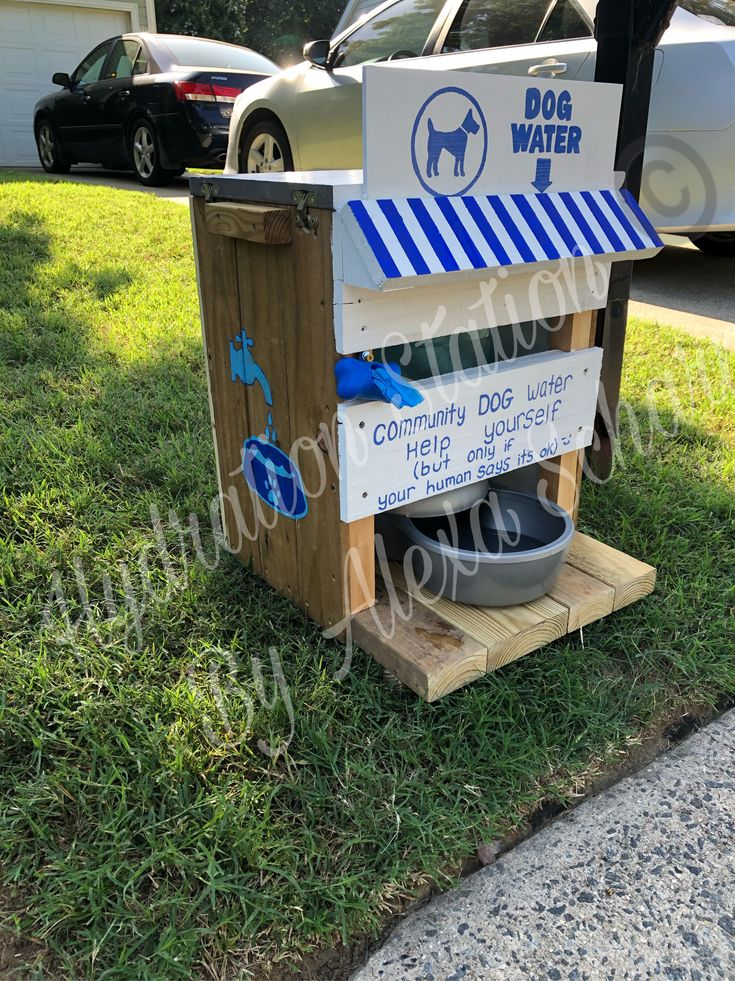
Giving an old pet carrier a second life as a propagation station turns it into a mobile, protected environment for nurturing young plants. The vented sides encourage airflow while shielding delicate cuttings from direct wind or excessive sun. Placing shallow trays inside, filled with moistened seed-starting mix, provides ideal conditions for rooting herbs, houseplants, or ornamental shrubs. To optimize humidity, partially closing the carrier’s door helps retain warmth without stifling airflow. Monitoring moisture levels ensures steady progress, while the carrier’s portability allows it to follow optimal light throughout the day. Elevated slightly off the ground, it discourages pests and provides easy access for regular maintenance. When not in use, the carrier can be easily stored or repurposed again for new batches of cuttings. Pet carrier propagation stations offer a clever, low-cost solution for gardeners seeking a reliable space to multiply plants without requiring elaborate greenhouse setups.
Broken Drawer Stair-Step Display
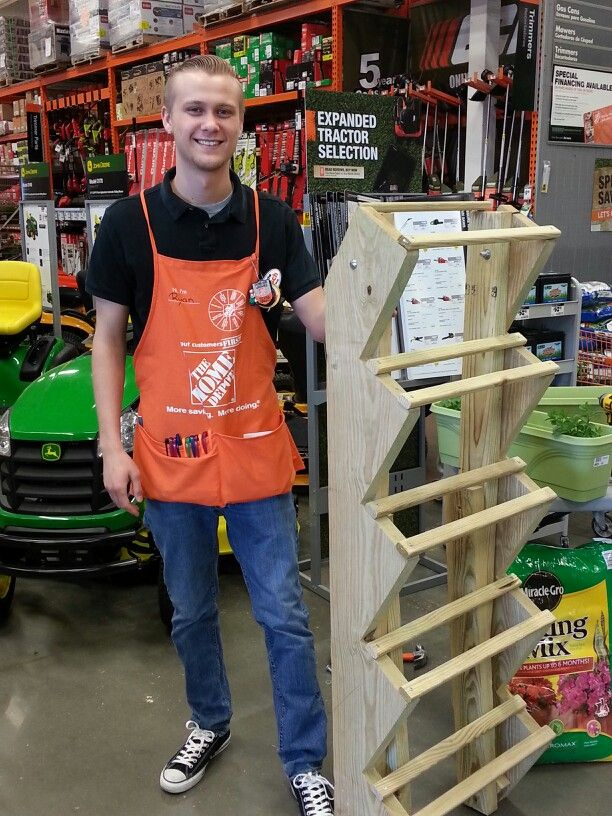
Turning broken drawers into a stair-step display adds vertical interest to garden spaces while maximizing planting opportunities. By stacking drawers in a staggered formation and securing them to prevent tipping, each level becomes a platform for a different variety of plants—whether flowers, herbs, or compact vegetables. Drilling drainage holes in each drawer base ensures water doesn’t collect and harm roots. Lining the interiors with landscape fabric keeps soil in place while facilitating proper moisture flow. Using a rich, well-balanced potting mix supports vibrant growth and allows for seasonal planting changes. Placing the display against a wall or fence provides added stability, while arranging trailing plants on higher levels creates a cascading effect. This approach combines aesthetic appeal with practical function, turning discarded furniture into a thriving focal point. Broken drawer stair-step displays are a sustainable, eye-catching method to make the most of small spaces with minimal resources.
